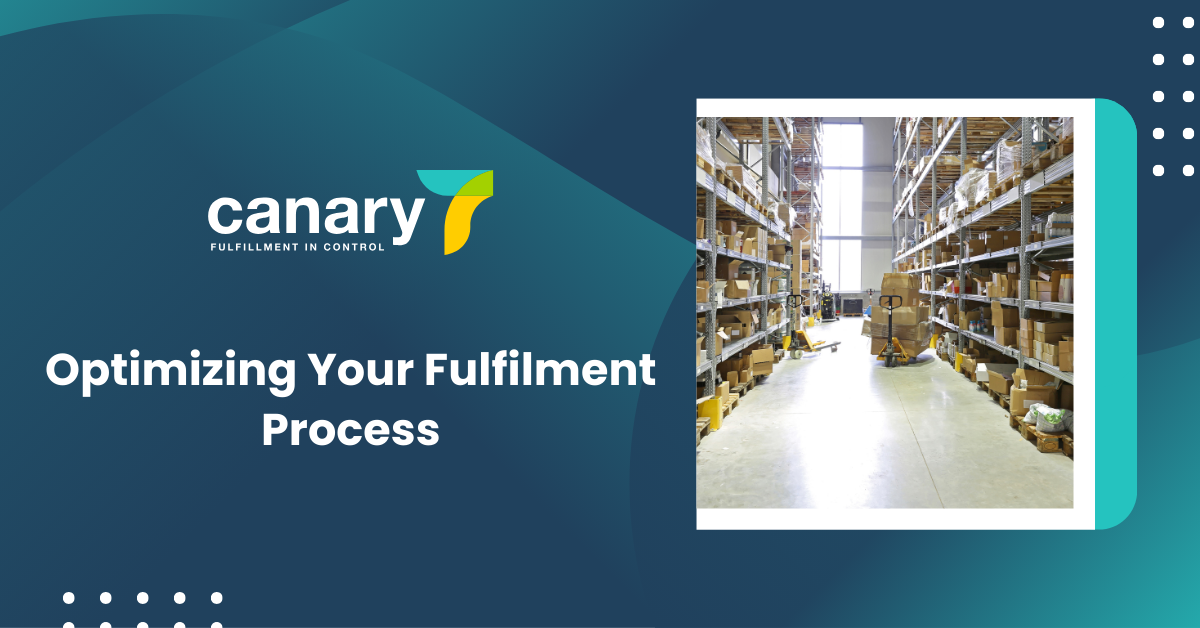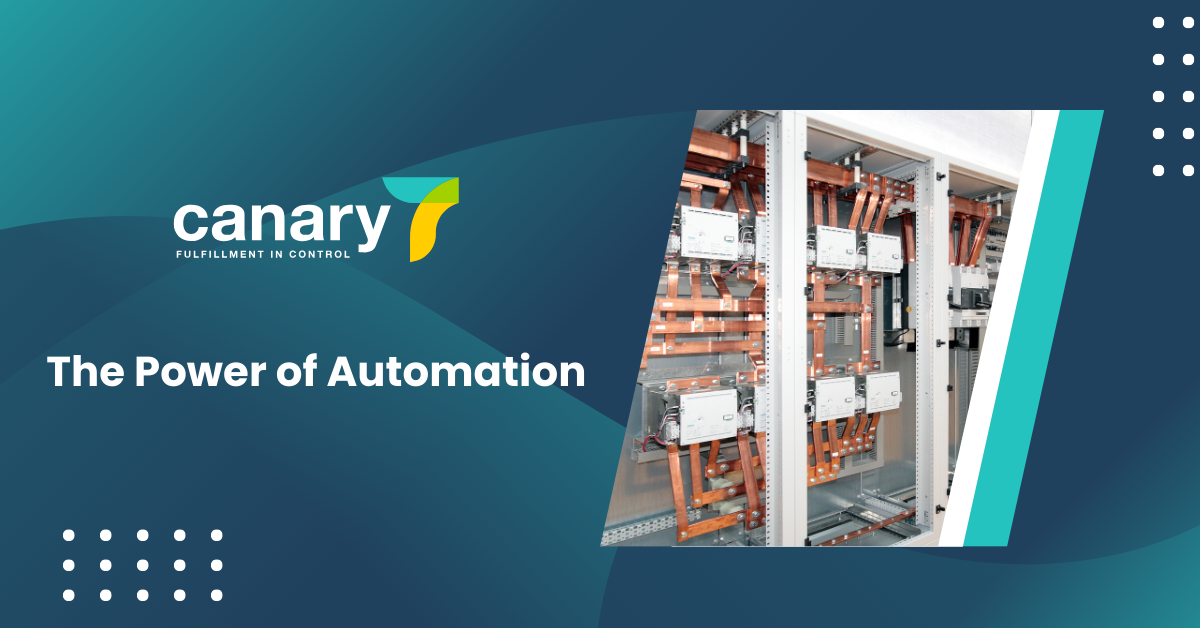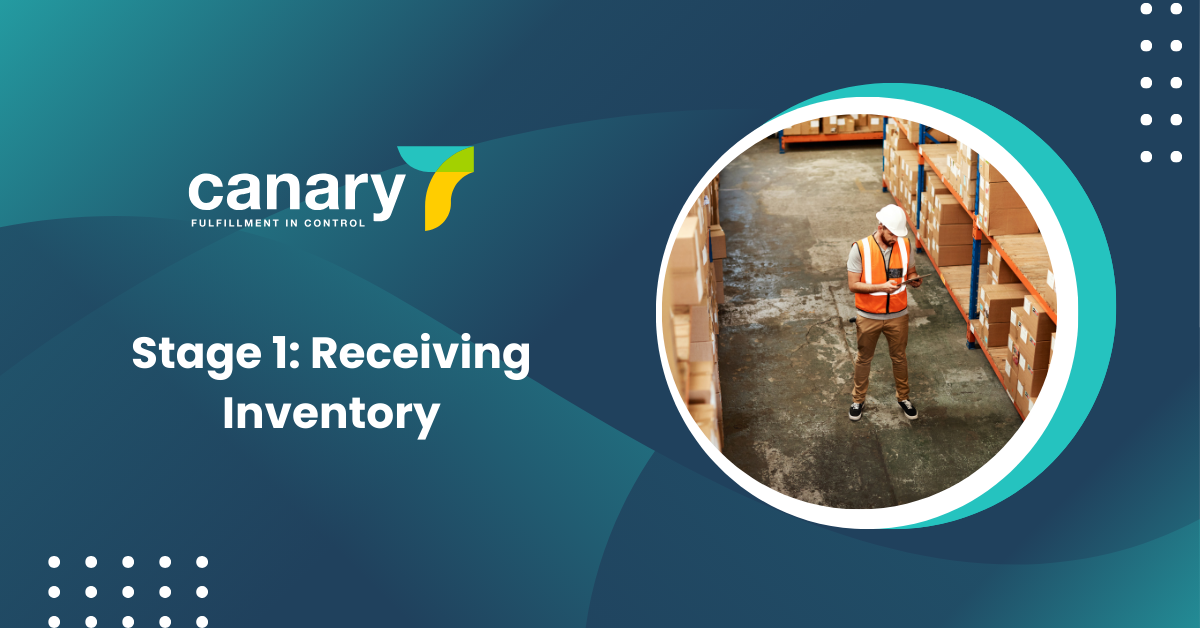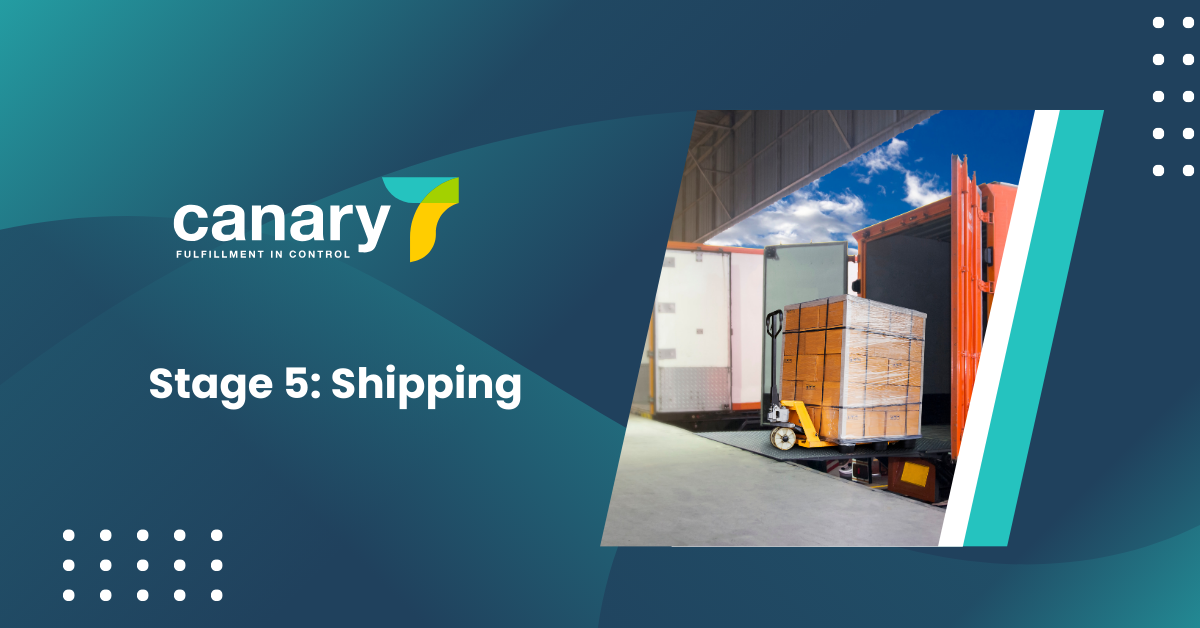Optimizing Your Fulfilment Process
Once you’ve chosen your fulfilment method, streamline each stage for maximum efficiency:

Inventory Management
Invest in a robust inventory management system to avoid stockouts and overstocking. Regularly track inventory levels and reorder points.
Warehouse Organisation
A well-organised warehouse saves time and reduces picking errors. Utilize clear labeling, strategic product placement, and efficient picking routes.
Picking and Packing
Implement a picking system (e.g., pick lists, barcode scanners) to ensure accuracy and speed. Use the right packaging materials to protect your products during shipping.
Shipping
Choose reliable shipping carriers that offer competitive rates and meet your delivery speed requirements. Consider offering a variety of shipping options to cater to different customer needs.
By following these tips, you can transform your fulfilment process from a bottleneck to a competitive advantage!
The Power of Automation
Imagine a world where orders are picked, packed, and shipped almost magically, freeing up your valuable time and resources. This isn’t science fiction; it’s the power of automation in eCommerce fulfilment.
Automating repetitive tasks like order processing, inventory management, and label printing can significantly improve efficiency and accuracy.

Benefits of Automation:
Reduced Errors: Automation minimizes mistakes, leading to fewer order fulfilment issues and happier customers.
Increased Speed: Streamlined processes enable you to fulfil orders faster and meet important delivery deadlines.
Improved Scalability: As your business grows, automation allows you to handle increased demand without a significant increase in manual labor.
Cost Savings: While there may be an upfront investment in automation technology, the long-term benefits often outweigh the cost.
Examples of Automation in Fulfilment:
- Order Management Systems (OMS): Automate order processing tasks like generating pick lists, sending shipping notifications, and managing returns.
- Warehouse Management Systems (WMS): Optimize warehouse operations by tracking inventory levels, managing stock location, and directing pickers to the most efficient routes.
- Inventory Management Software: Automatically track inventory levels, generate purchase orders, and send alerts when stock levels reach reorder points.
- Shipping Software: Simplify shipping by automating label printing, carrier selection, and shipment tracking.
Remember, automation is not a replacement for human expertise. It’s a tool to empower your team and free them to focus on higher-level tasks like customer service and strategic planning.
Planning Your eCommerce Fulfilment Strategy
To develop an effective fulfilment strategy, follow these actionable steps:
- Assess Your Current Fulfilment Process: Identify and address areas needing improvement.
- Choose the Right Fulfilment Method: Select between self-fulfilment, 3PL, or dropshipping based on your needs.
- Implement Technology Solutions: Use inventory and order management systems to streamline operations.
- Train Your Team: Ensure your team is well-versed in the fulfilment process.
- Monitor and Optimize: Regularly review and refine your strategy for continuous improvement.
The Road to Fulfilment Success
A well-defined fulfilment strategy is a cornerstone of any successful eCommerce business. By understanding your options, optimizing your processes, and embracing automation, you can ensure your customers receive their orders quickly and reliably, fostering trust and loyalty that keeps them coming back for more.
Conclusion
In summary, mastering eCommerce fulfilment is crucial for your business success. By understanding the process, choosing the right strategies, and continuously optimizing your operations, you can ensure a seamless experience for your customers. Ready to take your eCommerce fulfilment to the next level? Contact Canary7 today to learn more about our comprehensive automation solutions!
FAQs
1. What is eCommerce fulfilment?
eCommerce fulfilment involves all processes from receiving inventory to delivering the product to the customer. It includes everything from order processing and picking to packing and shipping.
2. How can a Warehouse Management System help in eCommerce fulfilment?
A Warehouse Management System (WMS) helps optimize warehouse operations by tracking inventory levels, managing stock location, and directing pickers to the most efficient routes. This streamlines the fulfilment process and improves efficiency.
3. What are the benefits of using Inventory Management Software in fulfilment?
Inventory Management Software helps automatically track inventory levels, generate purchase orders, and send alerts when stock levels reach reorder points. This prevents stockouts and overstocking, ensuring a smooth fulfilment process.
4. How can automation improve eCommerce fulfilment?
Automation reduces errors, increases speed, and improves scalability in the fulfilment process. It allows businesses to handle increased demand without a significant increase in manual labor, leading to cost savings and better customer satisfaction.
5. Why should I consider using a Third-Party Logistics (3PL) provider?
Using a Third-Party Logistics (3PL) provider can save time and resources, allowing you to focus on core business activities. 3PL providers have expertise in managing fulfilment processes, offering faster delivery options and improving customer satisfaction.






